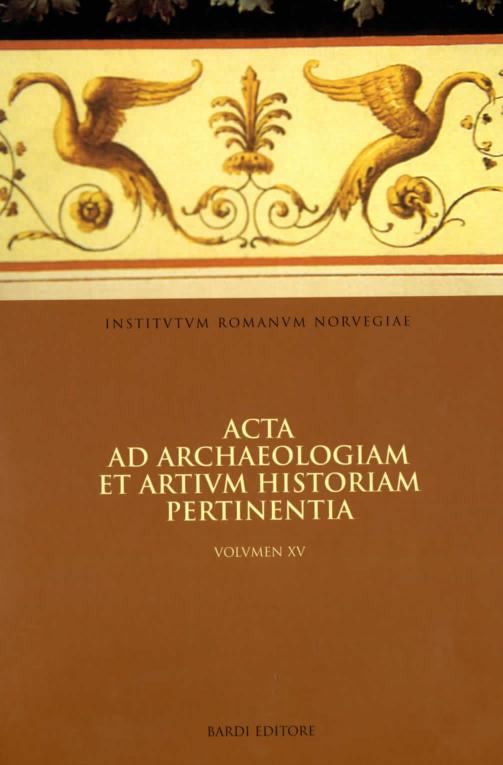The Ruler Image of the Fourth Century: Innovation or Tradition
DOI:
https://doi.org/10.5617/acta.5667Abstract
Following the chaotic third century, the new sole ruler, Constantine, was forced to re-think the image of the ruler. The soldier-emperor, and ultimately the Tetrarchic model, had failed. Constantine chose to go back to the portraits of the Hellenistic kingdoms and the Early and High Empire in the search for iconographical elements to create a new image more fitting to the Dominate. In his portrait, Constantine proclaimed himself king, and his portrait (or rather mask) became the model of future emperors. The new imperial mask had no Christian connotations, but it came to be the image of the Christian emperor. When Julian, the Apostate, tried to revive paganism, he had himself represented as a full-bearded philosopher. As was the case during the Principate, the imperial portrait was still a political manifesto, but in consequence of the trend of the later third century to obliterate what was left of traditional Roman verism in portraiture, the imperial mask created by Constantine left very little room for individuality. The imperial portrait could follow the style of the time, but the type was fixed. The Christian emperor could not be represented as a philosopher, as a sage, or be adapted to any other trends or diversities still found in private portraiture.
How to Cite
Issue
Section
License

This work is licensed under a Creative Commons Attribution-NonCommercial 4.0 International License.
Authors who publish with this journal agree to the following terms:
- Authors retain copyright and grant the journal right of first publication with the work simultaneously licensed under a Creative Commons Attribution License that allows others to share the work with an acknowledgment of the work's authorship and initial publication in this journal.
- Authors are able to enter into separate, additional contractual arrangements for the non-exclusive distribution of the journal's published version of the work (e.g., post it to an institutional repository or publish it in a book), with an acknowledgement of its initial publication in this journal.
- Authors are permitted and encouraged to post their work online (e.g., in institutional repositories or on their website) prior to and during the submission process, as it can lead to productive exchanges, as well as earlier and greater citation of published work (See The Effect of Open Access).





